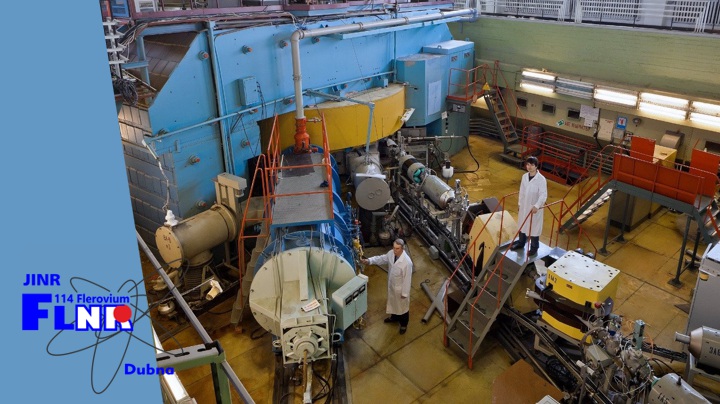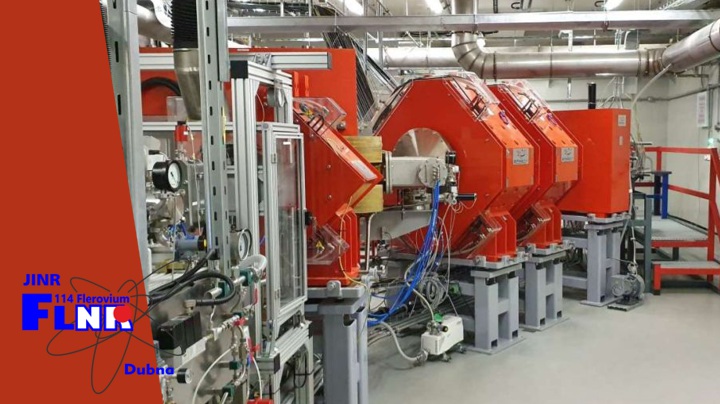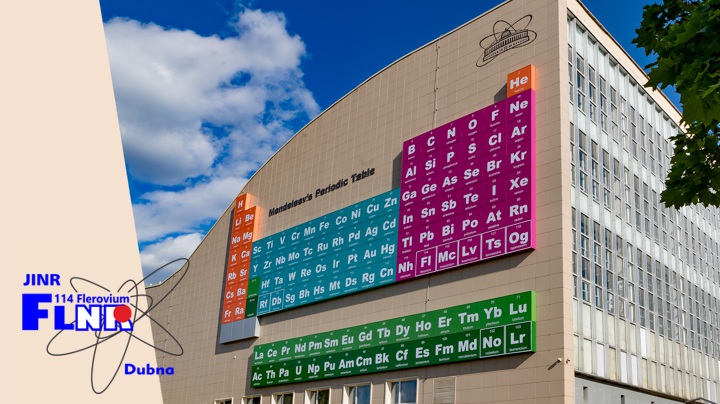Open Education at JINR
Русский
Synthesis of Superheavy Elements
How many elements could there possibly be in the Universe? Where are the limits of the periodic table? A series of five popular science lectures by Academician Yuri Oganessian is devoted to answering these questions. Yuri talks about the origin of nuclei and elements in the Universe, various approaches to the artificial synthesis of elements heavier than uranium, the existence of the so-called “Island of Stability”, as well as the prospects for obtaining new nuclei at the accelerator complex — the Factory of Superheavy Elements.
The lectures are intended for a wide, especially young, audience: scientific researchers, engineers, postgraduates, and students.
Link to the course on YouTube.
Lecture contents
Lecture 1. Introduction
The first lecture discusses the origin of nuclei and atoms in the Universe, their properties and types of decay, as well as their description in the classical (macroscopic) theory of the nucleus. Nuclear fission was discovered in 1939 and was explained within the framework of the liquid drop model. Upon further study, it turned out that nuclear fission contradicts this model. The new, microscopic theory (1969) radically changed the concept of spontaneous fission of heavy nuclei. One of the fundamental consequences of this theory was the prediction of the possible existence of an “Island of Stability of Superheavy Elements”.
Lecture 2. Experimental Approaches to the Verification of Theoretical Predictions
Lecture 2 is about the experimental verification of the hypothesis of the existence of superheavy elements. Various approaches to the artificial synthesis of nuclei heavier than uranium are given. The formation mechanisms of heavy nuclei in stationary and pulsed neutron fluxes, in reactions with protons, alpha particles, and heavy ions are considered. From the experimental data, the reaction leading to the formation of superheavy elements is selected.
Lecture 3. Arrangement of the Experiment
In the third lecture, the organization of experiments on the synthesis of superheavy elements is given. The basic components of the experiments are briefly described: a method for producing a target material in a high-flux nuclear reactor, obtaining an intense beam of Ca-48 ions, creating a separator for recoil nuclei, and a detector assembly for recording rare events of the formation and decay of the heaviest nuclei.
Lecture 4. Experimental Results
Lecture 4 presents the results obtained from experiments on the synthesis of superheavy elements. The properties of new nuclides and their decay products are compared with theoretical predictions. The results of the first experiments on the study of the chemical properties of new elements are presented. The observed differences in the chemical behavior of superheavy elements regarding their light homologues are associated with the manifestation of the “relativistic effect” in the electronic structure of a superheavy atom.
Lecture 5. Opportunity. The roads that we choose...
The fifth lecture discusses the prospects for research on superheavy nuclei in connection with the creation of large accelerator complexes, such as the “SHE-Factory” for more in-depth studies of synthesized nuclei and movement toward heavier elements. The formation of superheavy elements in the processes of natural synthesis, as well as searching for them in natural objects and cosmic rays, are discussed.





